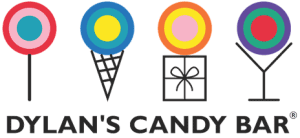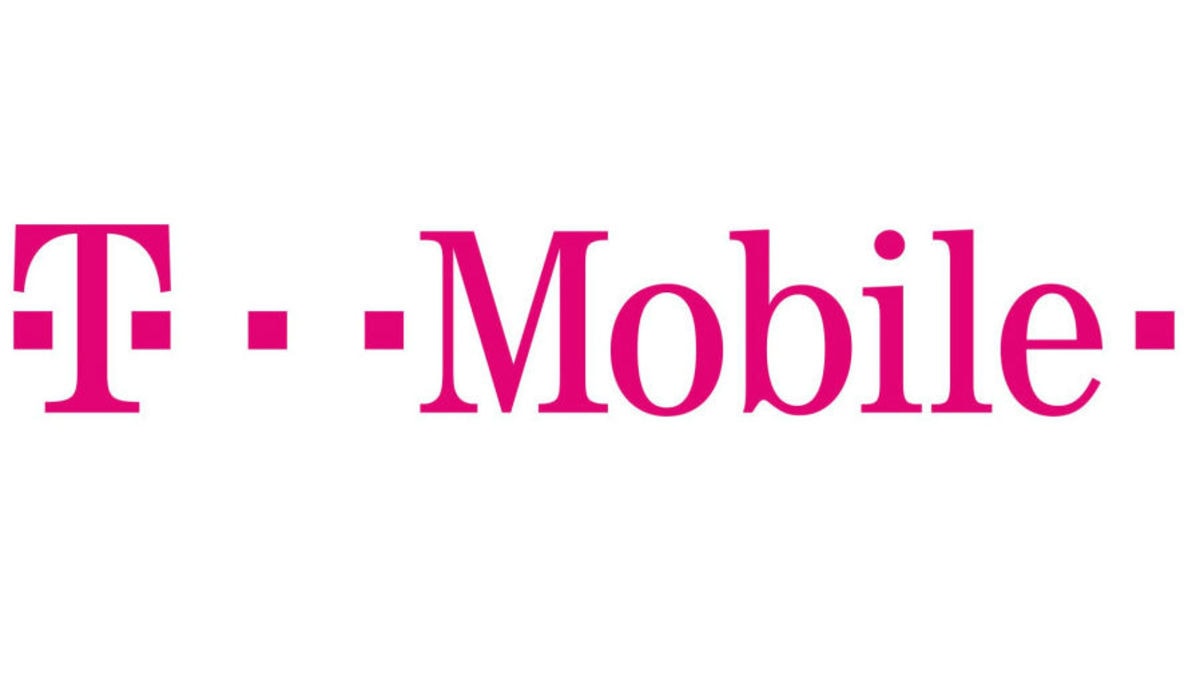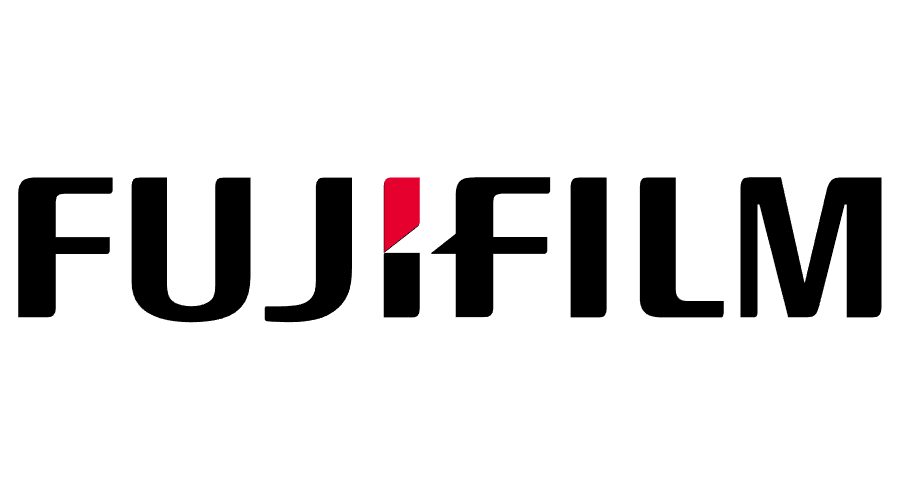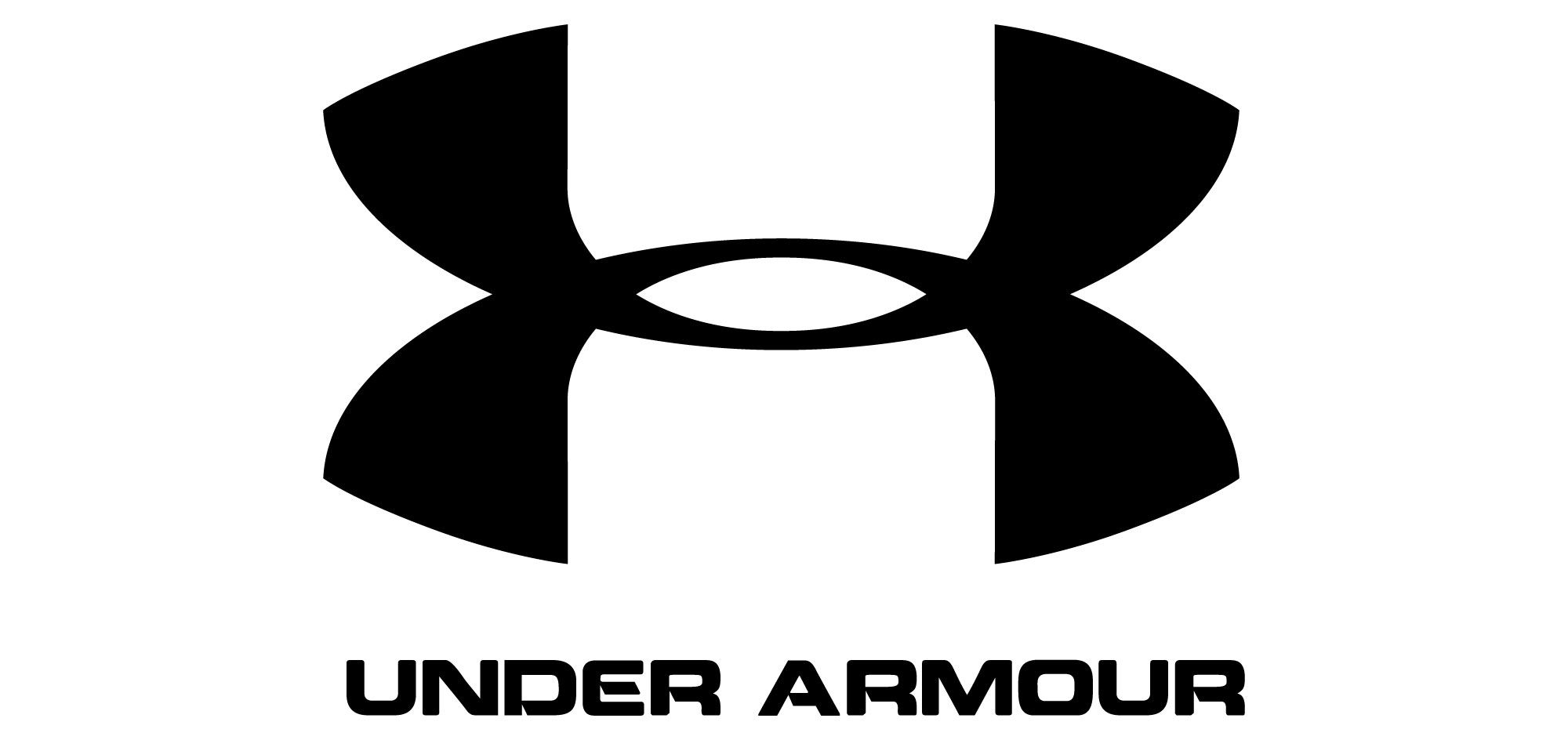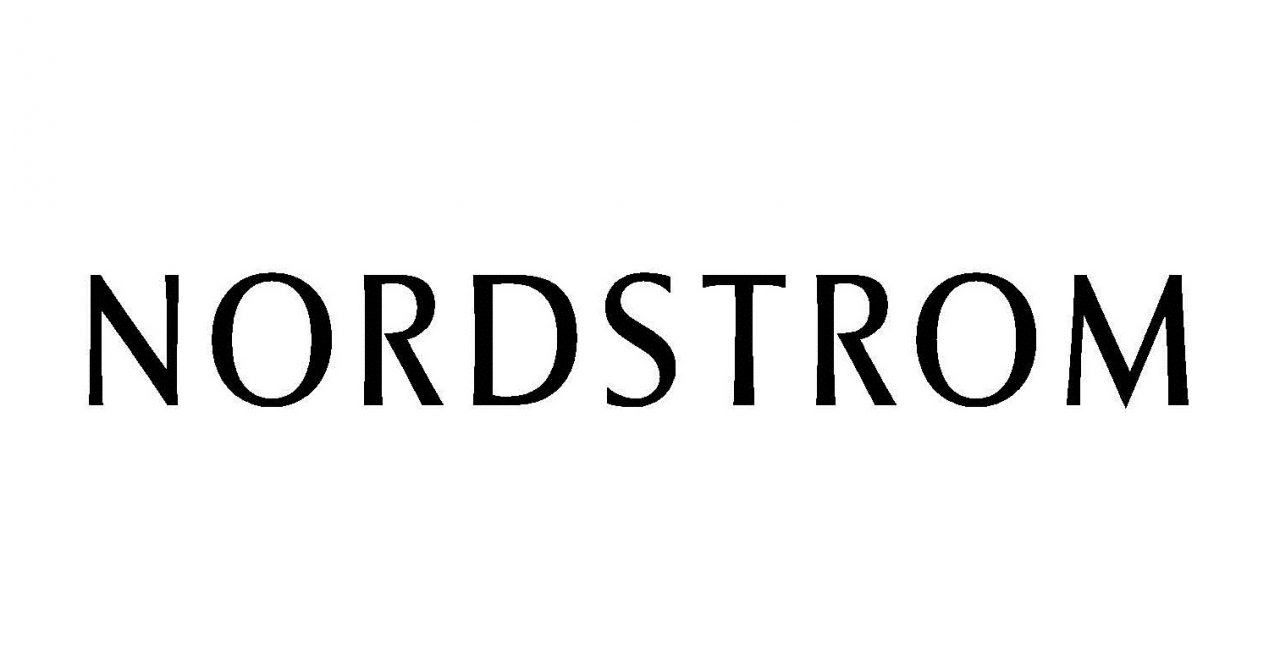Key Takeaways:
- Clear Text – Use bold, simple fonts that are legible from a distance for quick readability. Avoid decorative or overly complex fonts that may be hard to decipher. The goal is to ensure potential buyers can read the sign instantly.
- High-Quality Images – Using sharp, professional property photos makes your sign more engaging. Blurry or low-resolution images can make your marketing appear unprofessional. A good image draws attention and increases interest in the listing.
- Consistent Branding – Maintain a uniform look with consistent logos, colors, and fonts. This builds brand recognition and ensures your marketing stands out from competitors. A strong, cohesive design makes you more memorable to clients.
- Prominent Contact Info – Display phone numbers, websites, or QR codes in a clear and visible way. Contact information should be large enough to read from a distance. Ensuring easy access to your details can increase inquiries and leads.
- Strategic Colors – Use 2-3 complementary colors that enhance readability and fit your brand. Overusing colors can create a cluttered and confusing design. The right color combination makes your sign eye-catching without being overwhelming.
From family homes to inner-city apartments, selling real estate can be a rewarding and challenging experience. With the right marketing materials, however, it can be far easier than many realtors assume it to be.
Just like your business card is often the key to closing B2B sales, the real estate sign used to promote and market a property is often the key to finding the perfect buyer and closing the sale.
Real estate marketing signs tend to be straightforward and simple in their design, but that doesn’t mean a lot of strategy doesn’t go into them. The right elements are often the key to a sign’s success as a marketing tool.
In this guide, we’ll share five must-have design and marketing elements for your next real estate sign. From personal branding to contact information, read on to learn what goes into the perfect real estate promotional flyer.
Your agency’s branding
Great realtors don’t just think about this sale – they also think about the next one. By including your agency’s branding in your real estate sign, you market your services to a wider audience, even people who aren’t interested in this particular home.
Include your agency’s name, logo and other information on your sign so that people who drive past the home you’re marketing aren’t just aware that it’s available, but that your company is selling it.
This way, should they ever need to sell their own property in the future, your agency will often be first in line to receive their business based purely on the branding from its previous real estate signage.
Your personal branding
There are two sides to real estate branding: the brand your agency creates and the brand you create as a realtor. Often, it’s your personal brand that ends up driving a continual stream of sales leads to your phone number or personal inbox.
As well as including your agency’s branding in your real estate sign, make sure you include your personal branding. Put your personal headshot on the sign and make sure your name is clearly visible for anyone that drives past.
If you have a personal slogan, include it. Building a reputation as a successful and results-focused realtor within the community is a great way to make sure anyone else in the neighborhood interested in selling their home comes to you.
Your website URL
It’s hard to include more than a few photos of a property in a real estate sign. Your company’s website is a great place to list more information about a property, from high-resolution photos to floor plans and neighborhood information.
Include both your company’s website URL and a direct URL – that is, a web address that links directly to the property’s profile on your company website – to make it as easy as possible for prospects to find out information about the property.
If you’re promoting the property to a modern, highly connected audience, you could also include a QR code in your sign. This allows prospects to directly visit your URL without having to enter it into their smartphone’s browser manually.
Your phone number
Although the Internet is starting to play a larger role in real estate marketing than it once did, most sales still begin over the phone. Include your office phone number in large, bold and easily readable text so that it’s obvious for passersby.
If your sign is situated beside a road – for example, in a suburban area – make sure that the typeface used for your phone number is large enough for prospects to read if they’re driving past in their vehicle.
Make sure the phone number used in your marketing sign reaches you at all times, even when you’re at home. Many people will view your sign on the way home from work and express interest in the property after regular office hours are over.
An eye-catching title
Every great property sign includes an eye-catching, engaging title. The title you use in your sign is often the key to engaging people in its content and building interest in the property.
Emphasize not just the property’s features – for example, the house’s square footage or its number of bedrooms – but its benefits. What is a unique benefit of living in the property that other properties in the area can’t offer?
Standing out often means thinking outside the box. Think of unique benefits to help your property stand out from the crowd and you’ll attract the attention and interest of a wide audience of prospective homebuyers.
FAQs
What is the best font size for a real estate sign?
A font size of 3-4 inches ensures visibility from at least 30 feet away. It’s best to use bold fonts with high contrast against the background. This improves readability and ensures key details are noticed quickly.
Should I include my photo on the sign?
A professional headshot can make your branding more personal and relatable. It helps establish trust with potential buyers and sellers in your area. Just ensure the image is high quality and doesn’t overpower other key details.
How many colors should I use in my design?
Stick to a maximum of 2-3 complementary colors to maintain a professional appearance. Too many colors can create visual clutter and reduce readability. A well-chosen color scheme enhances the overall look and message of the sign.
Are QR codes necessary on real estate signs?
QR codes are not essential but can be a great addition to modern marketing. They provide a quick way for buyers to access property details online. If used, ensure they are large enough to scan easily and don’t clutter the design.
What materials are best for outdoor signs?
Corrugated plastic, aluminum, and PVC are the best choices for durability. These materials withstand harsh weather conditions while maintaining a clean look. Investing in quality materials ensures your sign remains professional and long-lasting.



